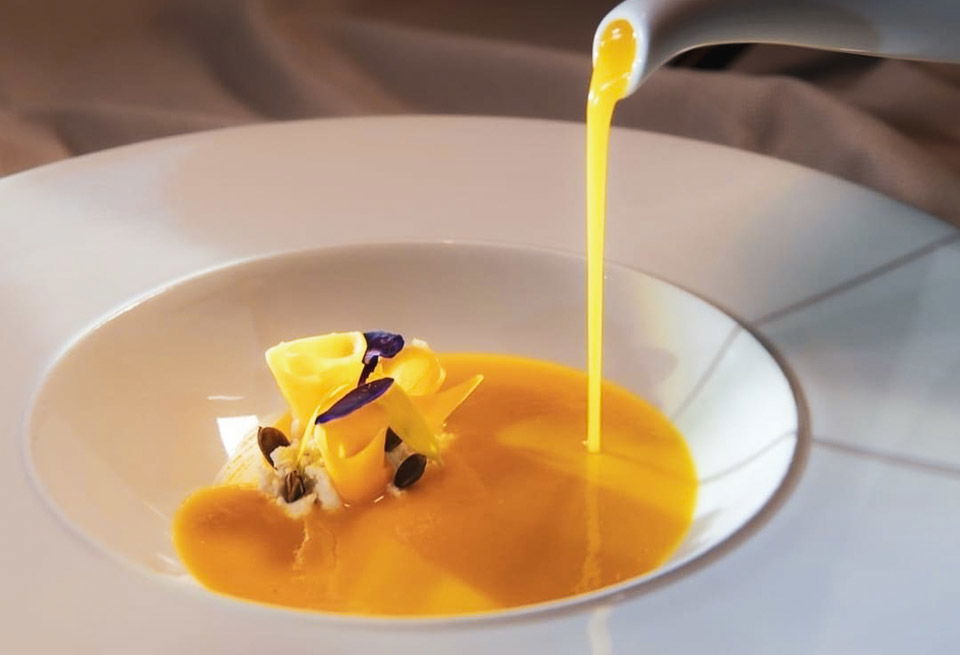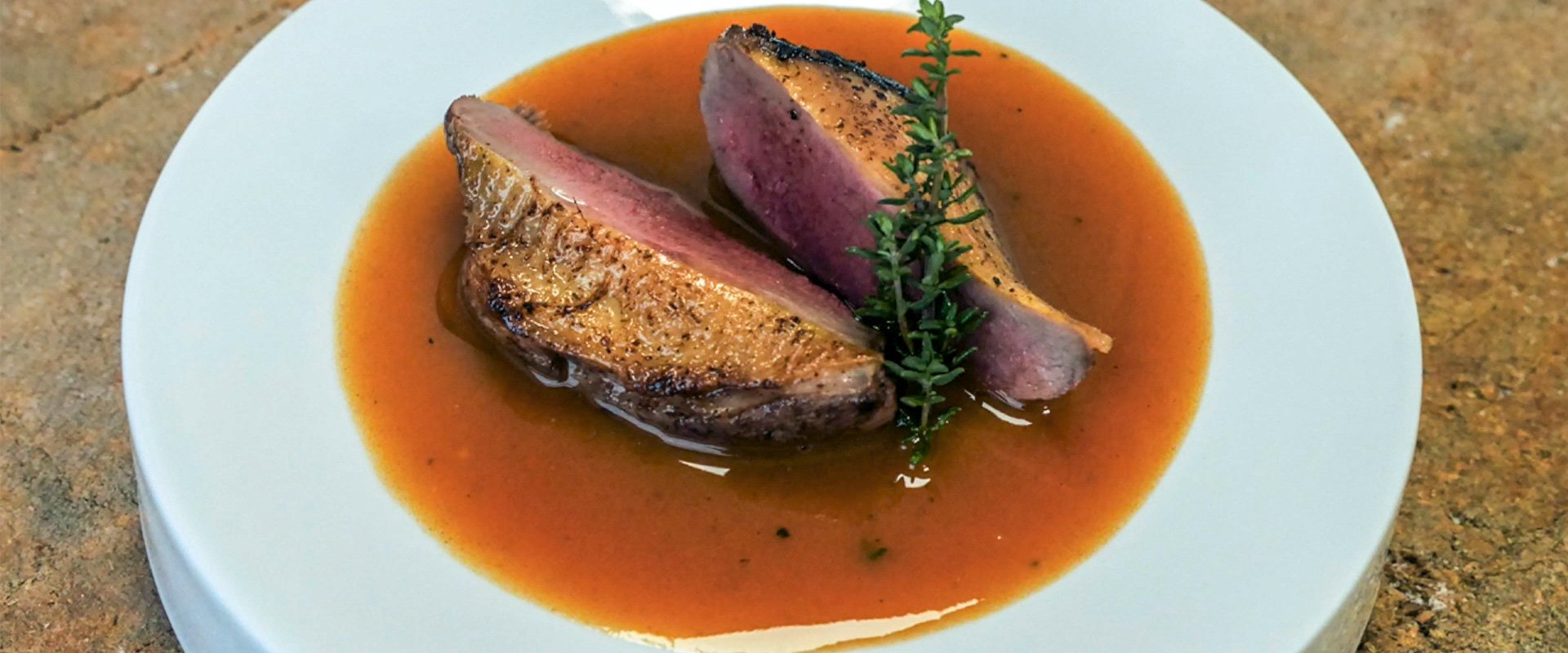
French mother sauces or les sauces mères
The whole world knows that French cuisine is known for the superb art of making sauces. Therefore, it is unsurprising that sauces are deeply woven into its foundations. The five key sauces that the French call les sauces mères were defined by the famous French chef Auguste Escoffier: Velouté, Béchamel, Hollandaise, Espagnole and Tomate.
Béchamel
is definitely one of the sauces that every cook, even an amateur, masters first. There are several different stories about the origin and creation of this simplest of the key French sauces. Still, we know for sure that it was first mentioned in 1733, in the cookbook Le Cuisinier Moderne by Vincent La Chapelle, the chef of the famous Madame de Pompadour. You will only need a few ingredients for its preparation: butter, flour, warm milk, nutmeg and salt, and in some versions garlic and white pepper are also added to it. Because it is so sumptuous and delicious, it crossed the borders of France a long time ago, so today we can find it in various dishes of the world cuisine: from lasagna to moussaka and back to the French specialty sandwich croque monsieur.

Velouté sauce
Velouté is the French word for velvety, and we would describe this sauce as the slightly more complicated sister of béchamel. The recipe also starts with butter and flour, however, instead of milk, a light stock is used here. Traditionally, it was a base of raw veal bones, but Escoffier also recorded variations with chicken and fish. This sauce is often used as a base for various soups, but also for other sauces, such as Allemande or Parisienne sauce.
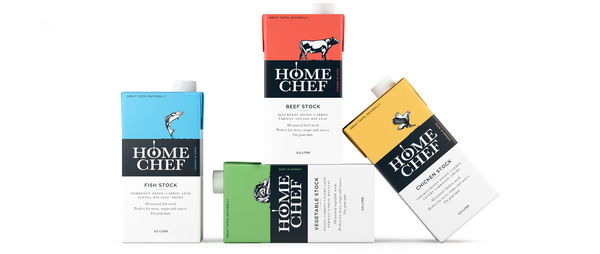
Sauce Tomate
It is a French interpretation of the sauce that is most often served with pasta worldwide. What distinguishes it from most Italian tomato sauces is the roux, a spread made from butter and flour, never from olive oil. Sauce Tomate is also the base for Provençale sauce, which also contains capers, olives and Provencal herbs.
Sauce Espagnole
This rich, brown sauce contains all the richness of a strong meat stock thickened with a dark roux. When further reduced, this sauce becomes a demi-glace. It's rarely used on its own, but it's key to making peppercorn sauce or Bourgignonne sauce – both great with strong beef dishes.
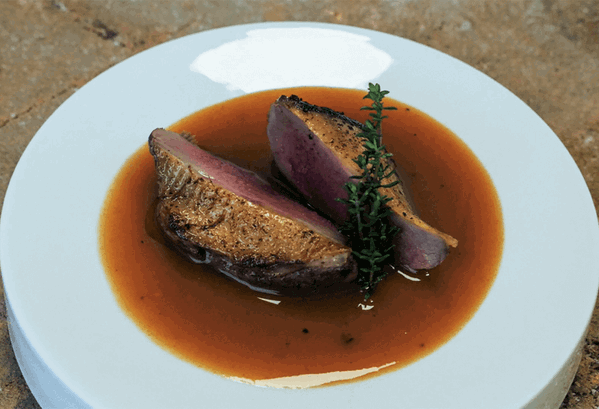
Hollandaise sauce
We dedicated a separate blog post to Hollandaise sauce, which you can read HERE.
Latest Recipes
We bring you tried and tested recipes of our favorite dishes, culinary tips, and suggestions on how to best combine spices and ingredients for a complete sensory experience.
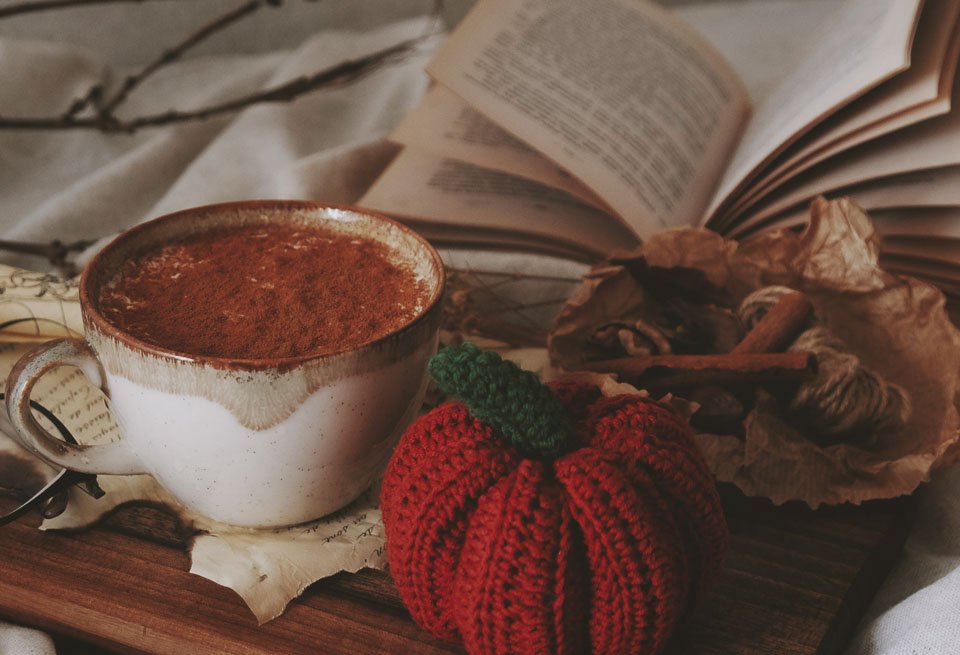
Pumpkin spice latte - The finest coffee with pumpkin flavor
Welcome the first days of autumn with the finest homemade pumpkin spice latte drink bursting with the scents and aromas of autumn.

